In a quick scan of your schematic, I worry when I see things like this:
Should that be dotted? If not, is there really a \$500\:\Omega\$ resistor in series with a \$10\:\text{nF}\$ cap? Regardless of the answer, this particular area should be cleaned up so that it is clear to anyone reading it. It's not, as shown.
Don't bus around power -- within limits. Since this is a schematic about power, the rule is a little more nuanced because it may be important to highlight certain aspects of wires carrying power. But in general, to clean up the schematic you do need to do something to help.
Here's an example, below. I'm not offering it as the ultimate answer, but only as a starting approach. You've already provided a new label, J10_GND, that could be used for the negative PV rail. Why not use it to remove some of the rest of your wiring, instead of busing around all that wire?
simulate this circuit – Schematic created using CircuitLab
One thing that's made clear is that the (+) rails are tied together but that the (-) power rails aren't.
Note also that I've provided a couple of examples from the schematic that you could isolate for clarity. They tie directly to some interesting rails and are suggestive, already.
An oddball is your \$15\:\text{V}\$ zener, \$D_8\$, and the \$R_{25}=680\:\Omega\$ resistor. Certainly, the resistor value is consistent with the kind of current limiter one would expect for the zener. But look at what you have the other end of \$R_{25}\$ hooked up to! The base of a transistor, \$Q_{19}\$, and \$R_5=10\:\text{k}\Omega\$! How is that going to work, exactly? How will \$R_{25}\$ be fed the current we might expect if the only possible sources are either a BJT base or a \$10\:\text{k}\Omega\$ resistor??
As you pull things apart, piece by piece, you increase readability and understanding.
I believe that this will also begin to highlight better the sections you wonder about. It may be the case that when neatly separated out you'll realize that you may have the pins incorrectly identified. Whether or not, and where, will become clearer as you pull things out into nice sections that you do understand because those parts that now make better sense will help inform those remain bits that seem odd or less clear.
It's a process. Follow it through.
